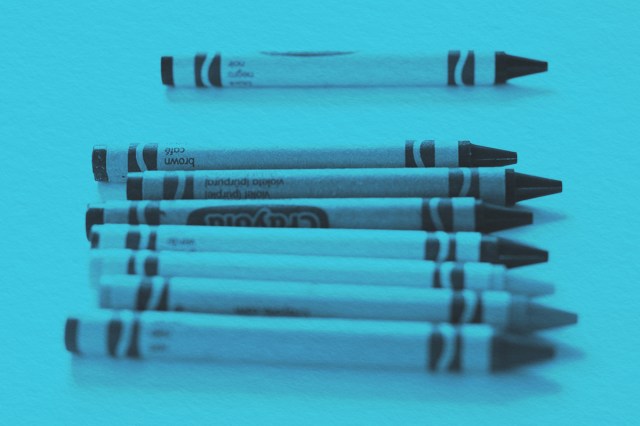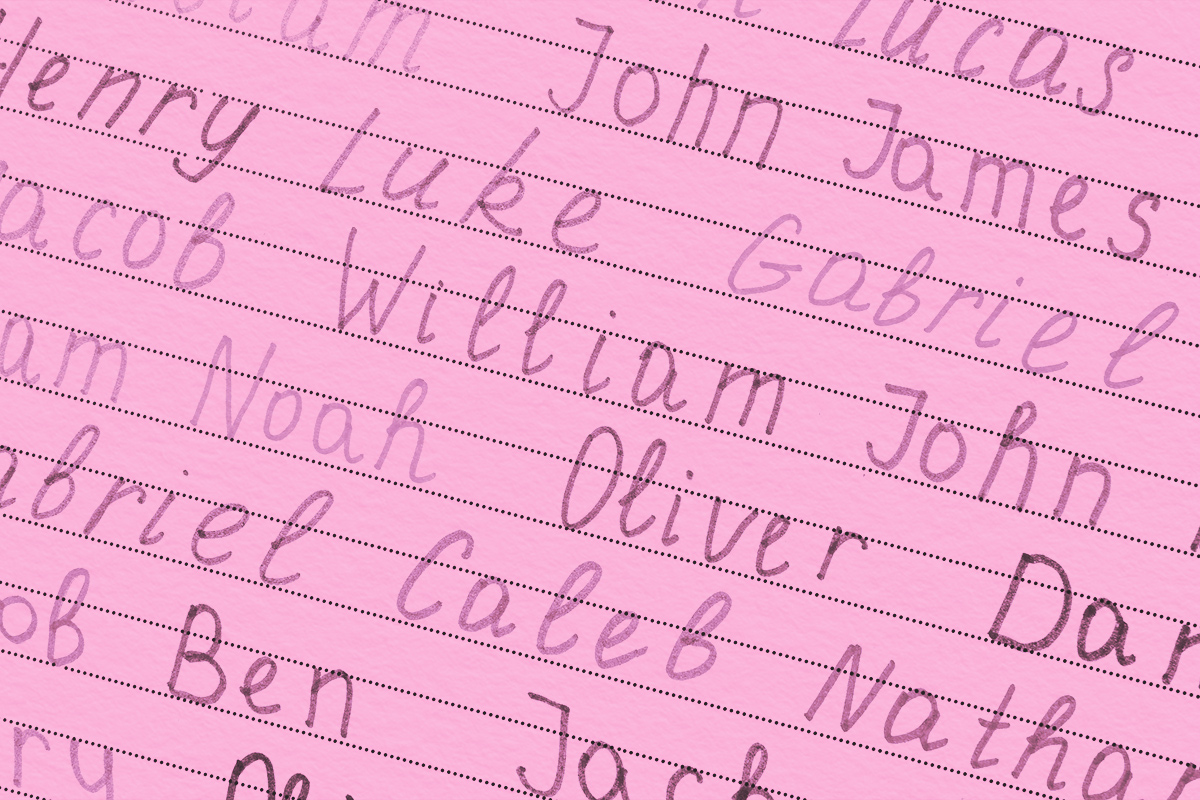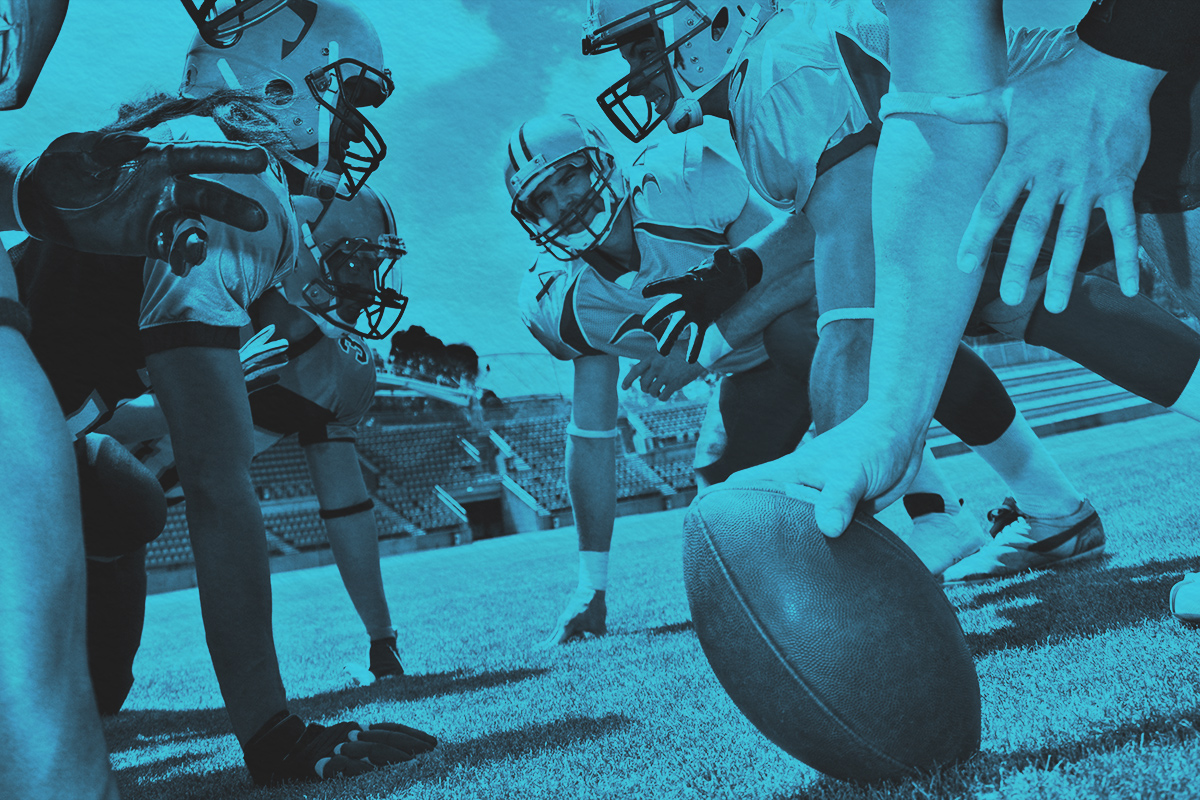
Can you name even 50 shades from the millions of colors that exist? The average English speaker bases color descriptions on 11 categories: yellow, green, blue, purple, pink, red, orange, brown, black, gray, and white. An object falls into one color category, or it becomes an amalgamation of two or more color categories — blue-green or red-orange, for example. These categories are the easiest way to communicate a description, especially when you throw in adjectives such as “light” “dark,” or “bright” to further specify a color’s shade. With a full spectrum of colors out there on display, it’s time we put face (color) to name. We’re going beyond turquoise, indigo, teal, magenta, and the like. Here are eight colors you’ve seen but perhaps never had a name for.
If you’ve spent some time watching ducks in the park, you’ll recognize this rich, bottle-green color. The name refers to a male mallard, also called a drake. The shade was first replicated as a dye in the early 18th century.
This particular shade of pink has been proved to reduce hostile, violent, and aggressive behavior, making it the perfect shade to paint holding cells. The official name of the color is Baker-Miller Pink, after the directors at the naval correctional facility where research concerning this color was done. Others might call the shade “Barbie pink” or “Pepto-Bismol pink.”
Instead of painting your walls ivory, off-white, eggshell, pearl, or beige, try eburnean. This yellowish-white has a Latin name that translates to “made of or relating to ivory.”
Falu is a shade of dye often used in deep-red paint. Think of the quintessential red barn door. Historically, the pigment was found in the mines of Falun, Sweden, which is where it got its name.
This pigment covers a range of yellow from deep saffron to mustard yellow. The easiest reference is the robes of Buddhist monks. The natural dye is sourced from the gum resin of various Southeast Asian trees.
Yes, this was a real color name coined during the Elizabethan era. Like Drake’s-Neck, this color is avian-inspired, but it’s a deeper reflection of a bird’s anatomy. The bright, light green color was specifically used in fashion as part of sensational marketing tactics to attract customers.
When something is described as puke-colored, the mind might run to green, yellow, or any combination of your recent meals. But in the 16th century, the high-quality wool used to make stockings was called “puke” (from the Middle Dutch word puuc, meaning “best grade of cloth”), so the deep-brown dye used for the hosiery was also called puke-colored.
Here’s a fun name for a bright, bold color reminiscent of a mix between raspberries and roses. It was invented in 1993 by Crayola, which first introduced it in the Big Box containing 96 crayons, and it was named by 5-year-old Laura Bartolomei-Hill in Crayola’s Name the New Colors Contest.


















